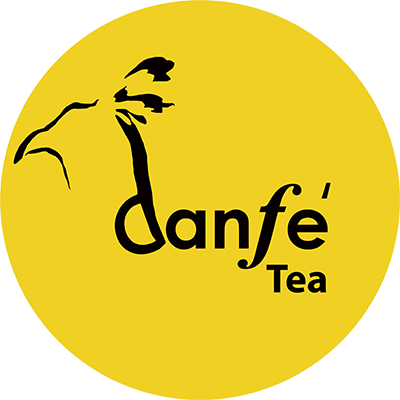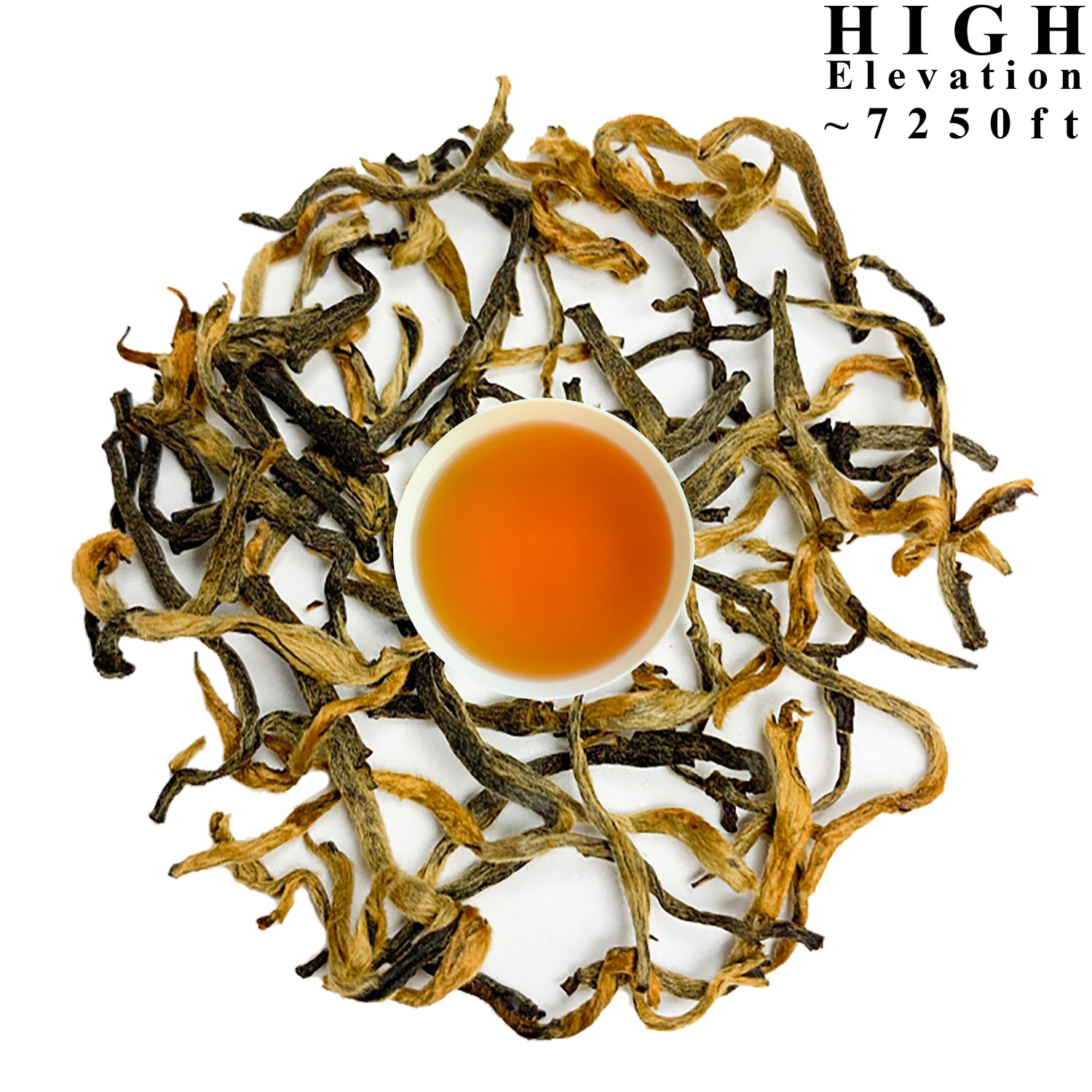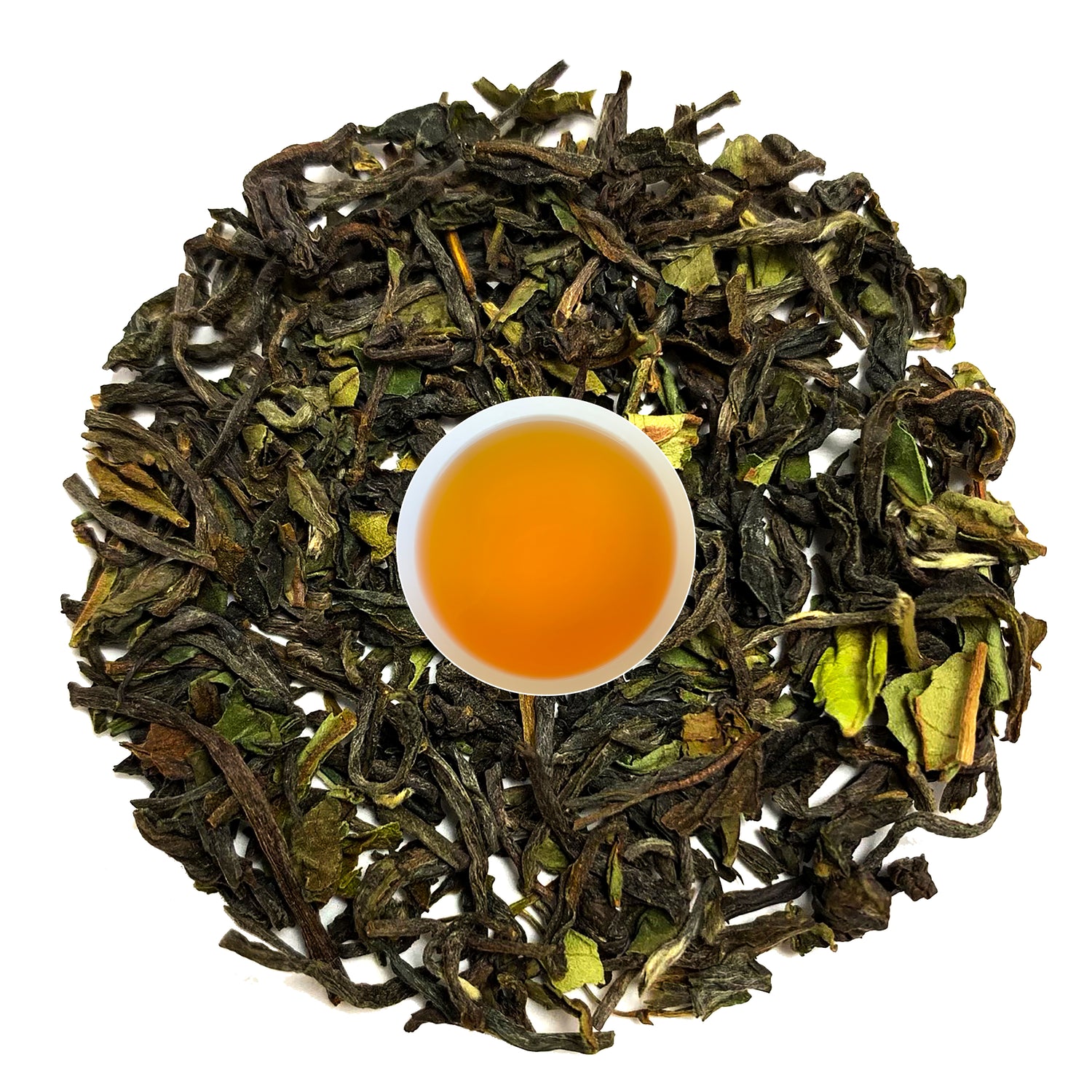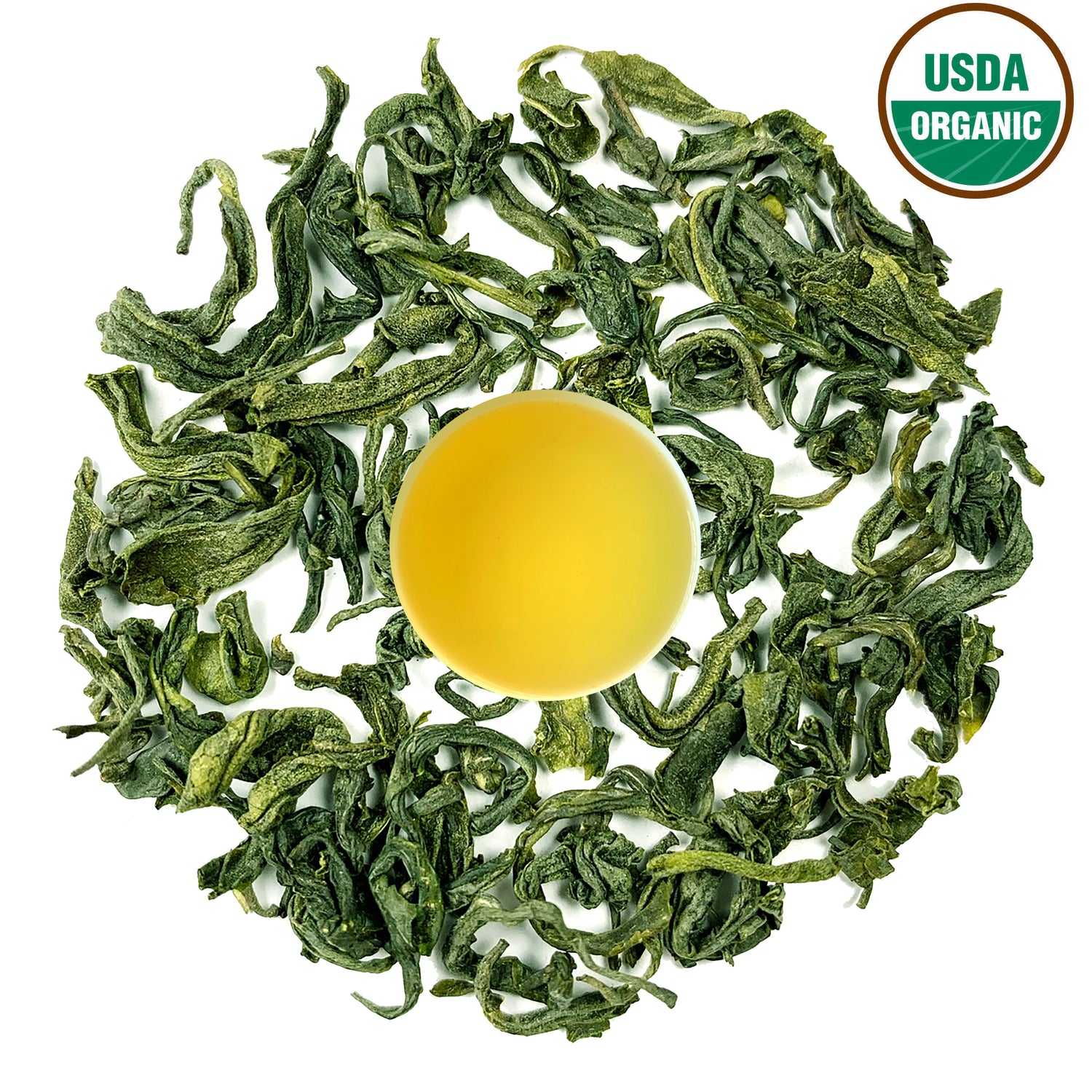
How Climate, Water, and Culture Shape the Unique Flavors of Tea.
It’s Not Just the Leaf. It’s Where It Comes From.

Let’s be honest—when people think about great tea, they often jump to India, China, or Japan. But real tea lovers? They know a well-kept secret that’s now gaining the world’s attention:
👉 Nepal produces some of the most flavorful and high-quality teas on the planet.
And it's not marketing hype. It’s altitude. It’s tradition. It’s heart.
Let’s break down why tea tastes different around the world—and why Nepali tea might just become your new favorite.
Nepal: Where the Mountains Breathe Life into Tea
Grown in the pristine Himalayan foothills, Nepal tea is truly special.
- High Altitude Farms – Our tea grows at 4,000 to 7,000 feet above sea level. At this height, leaves grow slower but absorb more minerals and nutrients, which means richer aroma and flavor.
- Cool Climate – The chilly mountain air helps preserve delicate floral and fruity notes that are rare in lower-altitude teas.
- Clean Environment – With minimal industrial pollution, Nepal’s tea gardens benefit from pure air, clean water, and organic soil.
-
Handcrafted Tradition – Many Nepalese teas are still made using hand-rolling and small-batch methods. The result? Tea that tastes like it’s made with love—because it is.
Compared to Indian or Chinese teas, Nepal tea is lighter, more floral, and often described as having a fresh, high-mountain soul. No bitterness. Just clarity in every sip.
Climate Creates Character
Just like wine, tea flavor is deeply tied to its terroir—aka the climate, soil, and geography.
- China's lowlands bring earthy teas like pu-erh.
- India's heat gives Assam its strong, malty body.
-
But Nepal’s cold, crisp air and rich Himalayan soil create something entirely different—smooth, aromatic tea with natural sweetness and complexity.
You’re not just drinking tea—you’re drinking altitude, purity, and legacy.
Water Changes Everything—Nepal Has the Advantage
What you use to brew your tea matters just as much as where the leaves come from.
Nepal’s tea is often brewed with natural mountain spring water, giving it a clean, crisp profile. That same tea brewed in a city with chlorinated tap water? Not even close.
When you combine high-quality tea leaves with pure brewing water, the result is a cup that feels like a gentle hug from nature.
Culture Shapes How We Brew (and Taste)
Every country has its own tea culture:
|
Country |
Brewing Ritual |
Tea Personality |
|
Nepal |
Boiled with milk, spices, or enjoyed as pure loose-leaf |
Balanced, floral, soulful |
|
China |
Gongfu style, no milk or sugar |
Earthy, strong, precise |
|
India |
Masala chai boiled with spices and sugar |
Bold, spicy, comforting |
|
UK |
Steeped and served with milk and biscuits |
Rich, traditional |
|
Japan |
Matcha whisked into froth |
Grassy, meditative |
In Nepal, tea isn’t rushed. It’s either brewed slowly in the kitchen with cardamom, cloves, and ginger, or steeped gently in loose-leaf form. It’s not just about flavor—it’s a connection, a welcome, a ritual.
Why Nepali Tea is Quietly Taking Over the World
Nepal may be small, but our teas are mighty. Here's why tea connoisseurs are turning their gaze toward the Himalayas:
- High-Quality Yet Affordable – Nepal tea offers Darjeeling-level quality without the premium price tag.
- Sustainable and Ethical – Small tea farmers take pride in their craft. You're not just supporting tea—you're supporting rural livelihoods and organic farming.
- Rich History, Modern Appeal – While tea has been grown here for generations, modern tea makers are now packaging it beautifully and bringing it to tea lovers across the world.
- Flavor with Emotion – It’s hard to explain, but easy to feel. There’s something about Nepali tea that makes every sip feel personal—like a letter from the mountains.
So, Why Should You Switch to Nepal Tea?
Because if you’re looking for:
- Tea that’s clean, flavorful, and full of soul
- Grown with love in one of the most beautiful places on Earth
-
A chance to taste tradition, culture, and care in every cup…
Then Danfe Tea is your next stop.
Bring the Himalayas to Your Cup
At Danfe Tea, we don’t just sell tea. We share stories of mountain farms, hardworking hands, and the cleanest, boldest tea Nepal has to offer.
Explore our teas and discover your next favorite brew—made by nature, nurtured by tradition.
FAQs
1. What makes Nepal tea different from Darjeeling or Assam?
Nepal tea is grown at higher altitudes with cooler climates, giving it a more floral, delicate, and smooth flavor. Assam is bolder, Darjeeling is muscatel—but Nepal tea is elegance in a cup.
2. Is Nepal tea suitable for people new to loose-leaf?
Absolutely! Nepali teas are beginner-friendly and often naturally sweet and smooth, making them easy to love—whether hot, iced, or spiced.
3. What’s the best way to enjoy Nepali tea?
Try it loose-leaf style with fresh filtered water. You can add milk and spices for a traditional chiya experience, or enjoy it plain to savor the delicate mountain notes.










